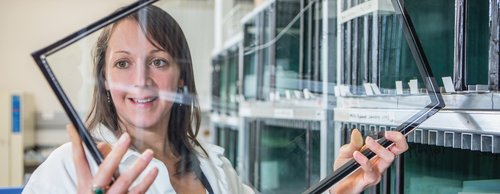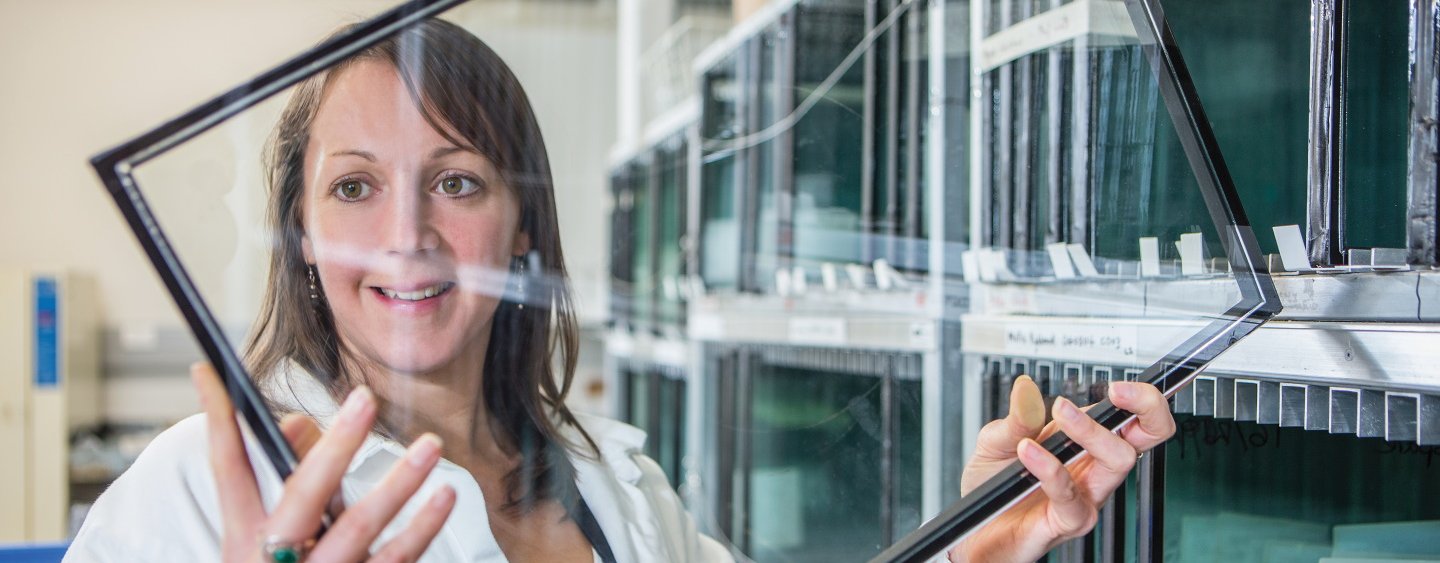




What we do
The materials team explores how New Zealand's building materials perform and align with the standards set in the New Zealand Building Code. We gather insights and develop methodologies by:
- testing to predict materials performance under expected service conditions
- developing and monitoring exposure sites around New Zealand to better understand how location impacts the durability of building materials
- understanding material durability at a macro and micro level.
Working with system players
The materials team collaborates on research activities with domestic and international stakeholders throughout the building system. Stakeholders include:
- industry players (builders, suppliers, and manufacturers)
- practitioners (designers and architects)
- building owners
- government agencies
- universities
- Crown research institutes.
Research and resources
The team has conducted substantial research aimed at evaluating material performance under different conditions. These activities have produced in-depth study reports and useful resources, including corrosivity maps, bulletins, fact sheets and Build articles on materials and corrosion.
-
Structural Insulated Panels (SIPs)
Investigating the performance of Structural Insulated Panels (SIPs) under New Zealand's climate.
View more -
Research Now: Geothermal corrosion
This series looks at field trials conducted in Rotorua to examine how different building materials corrode and deteriorate in geothermal environments. Identical samples were also exposed to a marine environment for comparison.
View more -
Research Now: Positional corrosion
The performance of building materials depends partly on where they are installed on the building envelope. BRANZ is researching the differences between micro-environments around a building and the degradation of materials within them.
View more -
BRANZ Facts: Metal corrosion in New Zealand buildings
BRANZ scientists have researched corrosion for over 40 years, and much of the content in these fact sheets reflects these findings.
View more -
SR288 Update of New Zealand's atmospheric corrosivity map
Atmospheric corrosion testing was conducted at 39 exposure sites across New Zealand. The corrosion rates of mild steel and hot-dip galvanised zinc-coated coupons were measured after 1 year of exposure.
Download [PDF, 14.1MB] -
SR325 Update of New Zealand's atmospheric corrosivity map: Part 2
This study is the second part of the research project that aims to check and maintain the ongoing validity New Zealand atmospheric corrosion rate dataset. This dataset underpins the New Zealand atmospheric corrosivity map.
Download [PDF, 3.7MB]